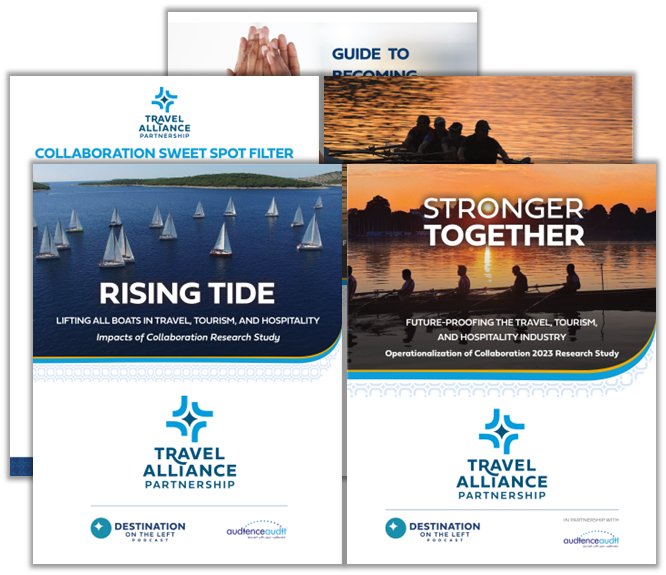How to Market Experiential Travel
In 2019, I joined public relations practitioners and CVBs from across the country in the City of Brotherly Love for the PRSA Travel and Tourism Conference, “Let PR Ring.” While sessions honed in on industry best practices, pitching tips and story trends, one overarching theme that struck a chord with me was the need and growing interest for the implementation of meaningful experiences – both in our own personal work practices and how we approach Travel PR and tourism marketing.

A Time to Work with Intention
“Technology has slowly implanted a new set of values in our brains,” said author and podcast host Jocelyn K. Glei, who opened the conference with a keynote address. According to Glei, the way people are working – with a “speed obsessed approach” that requires instant gratification (from slack and social media to even Uber) – is something that is not sustainable and will eventually lead to burnout. How many of us have found that to be true in the last couple of years! Her four-week course titled “Reset,” identifies how to shift to a “heart centered work approach,” in order to create empowerment and feelings of inspiration and intention.
Examples of adding more meaning into your work life include:
- Less multi-tasking (each time you stop your task to check email, it takes 25 minutes to get back on track).
- Working in attention “sprints” instead.
- Placing hard limits on response rates.
- Saying no to opportunities and yes to priorities were also encouraged.
A Need to Travel with Intention
So how did feelings of inspiration and meaningful experiences fit into the rest of the conference?
An editor’s roundtable discussion confirmed that small town and experiential travel is what’s big. At the time, travel writers responded to growing concerns and reports on overtourism by helping their readers navigate by focusing a lens on second and third tier cities. Since reopening, a focus on discovering smaller destinations remains. Travelers are thirsty to actively engage with a destination’s history, culture, and off-the-beaten-path locations.
An editor’s roundtable discussion confirmed that small town and experiential travel is what’s big.
Bonus: this immersive travel style can also help counteract the speed of the digital world to simply slow down and truly experience the destination.
Second and Third-Tier City Benefits
Here’s what editors had to say about the benefits of traveling to second and third tier markets:
- It takes off the pressure to hit a checklist of sites that one may feel when visiting a major city. The opportunity to get lost and wander is when the magic happens. Show off your hidden gems!
- Less crowds means easier access to locations.
- Experiences are more personal and memorable.
How Destinations Can Take Advantage of the Experiential Travel Trend
- Character-driven stories. Identify and get to know the background of locals who are doing usual or extraordinary activities. Is there a historical transition you can use? How about an accomplished craftsman, or person who overcame a significant physical challenge to pursue a passion?
- Cultural pegs. A fresh way to look at a city could be a location’s obsession with a sporting event, traditions behind cuisine or even rituals.
- Exclusives. Special access to unusual places or spaces.
- Help solve a problem. How is your destination focusing on protecting natural resources or other news topics?
- Accompany by Adventure. If you have a new beautiful lodge, can travelers forage with the chef along nearby trails or hike with a long-time guide?
Listen to podcast episode 168: Experiential Marketing in Travel and Tourism, with Paul Soseman
Author
Related Posts
How Curated Experiences Can Help Your Tourism Marketing
In years past, travelers may have been satisfied to see sites like the Eiffel Tower or Colosseum; now they want to get behind the scenes,...
From Assistant to Amplifier: Rethinking AI for Tourism Marketers
After attending MAICON, a Marketing AI conference hosted by SmarterX, one message came through loud and clear: AI isn’t replacing marketers—it’s making our work sharper,…
